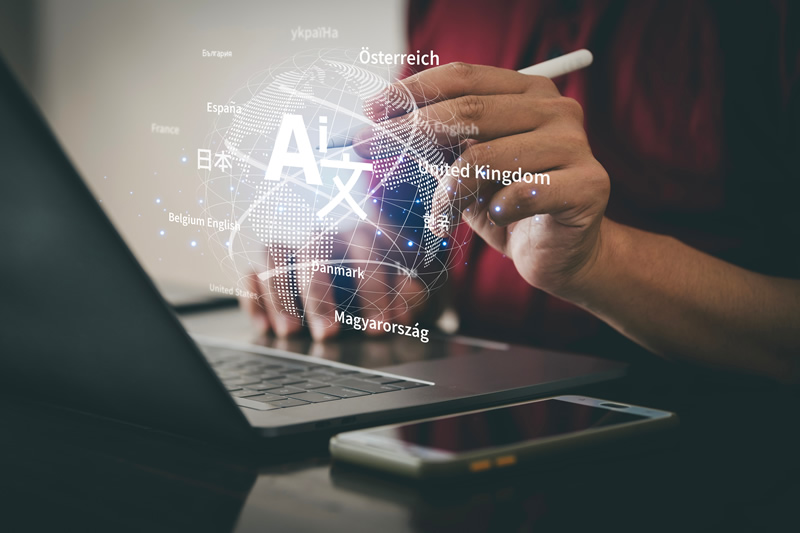The history of translation is as old as language itself. However, the tools and technologies used in translation have evolved significantly, especially over the last few centuries. This evolution has transformed how texts are translated, making the process faster, more accurate, and accessible to a global audience. This article explores the journey from the earliest translation aids to the sophisticated artificial intelligence systems used today.
Early Translation Efforts
Translation has always been a crucial element of human communication, helping to bridge language barriers and foster understanding between cultures. In ancient times, translation was a manual process, done by bilingual individuals who conveyed religious texts, literature, and legal documents between languages. The first significant translation efforts, like the translation of the Bible into Latin (the Vulgate) by St. Jerome in the 4th century, set a precedent for the importance of accurate and reliable translation.
The Advent of Printed Dictionaries and Grammar Guides
The invention of the printing press in the 15th century was the first major technological breakthrough that impacted translation. This invention made books more accessible and affordable, which in turn made dictionaries and grammar guides more widely available. These resources were indispensable for translators of the time, providing them with the tools needed to understand and translate languages with greater precision.
The Rise of Computer-Assisted Translation (CAT) Tools
The second half of the 20th century marked the beginning of the digital age for translation technologies. The development of computer-assisted translation (CAT) tools in the 1950s, such as SYSTRAN, was initially driven by the Cold War’s needs for secure and accurate translation of Russian scientific and military documents. CAT tools use a database of previously translated sentences to help translators work more efficiently and consistently. These tools evolved to include terminology databases and translation memories, enhancing productivity and consistency.
The Introduction of Machine Translation (MT)
Parallel to the development of CAT tools was the advent of machine translation (MT), which aims to completely automate the translation process. The earliest MT experiments were promising but limited by the computing power and linguistic sophistication of the time. However, the 1990s and 2000s saw significant advancements in this area, with the introduction of statistical machine translation, which uses large amounts of data to predict the likelihood of certain translations.
The Impact of the Internet
The internet revolutionized translation by making vast amounts of multilingual content available. This facilitated the development of more advanced statistical MT models as they could be trained with data gathered from the web. The internet also allowed for the creation of collaborative translation platforms like Wikipedia and Duolingo, where users contribute to and refine translations.
The Age of Artificial Intelligence
The latest and most transformative wave in translation technology has been the integration of artificial intelligence, particularly through neural network models, such as Google’s Neural Machine Translation system (GNMT). Introduced in the 2010s, neural machine translation (NMT) represents a significant shift. NMT models translate whole sentences or larger text blocks, rather than piece by piece, preserving more of the context and nuance of the original text. This AI-driven approach has dramatically improved the fluency and accuracy of machine translations, though human translators and linguists like those at Powerling and TrueLanguage are stil required to ensure stellar results, especially when dealing with cultural nuances and highly technical fields.
Looking to the Future
The future of translation technology promises even greater integration of AI, with advancements in areas like adaptive translation tools, real-time voice translation, and even technology that can recognize and translate non-verbal communication. As AI becomes more sophisticated, the potential for truly seamless, real-time interlingual communication may someday become a more tangible reality.
Concluding
From the rudimentary tools of ancient scholars to the sophisticated AI-driven systems of today, translation technology has come a long way. Each advancement has brought the world closer together, making communication across languages smoother and more accurate. As we look to the future, the role of AI in translation will continue to grow, potentially reshaping global communication in unprecedented ways.


